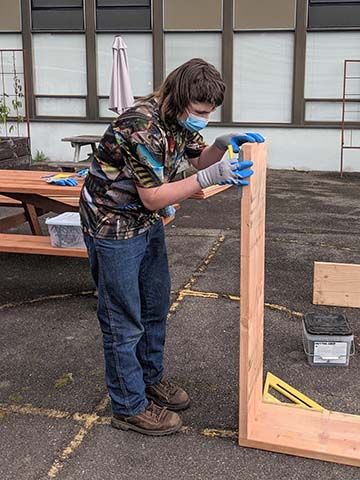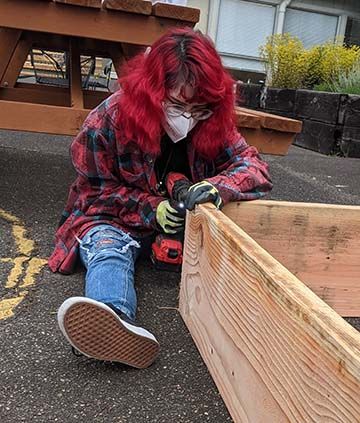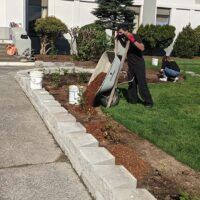Coos Watershed Association
When the Coos Watershed Association formed in the 1990s, there was plenty of opportunity for dissent. Oregonians were polarized on how to manage the state’s forests, at odds about how to strike a balance between watershed health with timber harvests and tribal needs.
Emerging from this divide, the Coos Watershed Association brought neighbors together to find common ground.
“We were able to pull together a group of people that quite literally would not have come together, and weren’t talking at the time, to try and come up with a solution for this shared concern and value that we all had,” says Alexa Carleton, Outreach Coordinator for the Coos Watershed Association.
“Everyone was concerned about salmon.”
Today, the Coos Watershed Association is one of the larger watershed groups in Oregon, with representation from local landowners, residents, wildlife managers, anglers, tribes and other organizations.
Together, they’re working to protect a 600-square-mile forested watershed that gathers numerous salmon-bearing tributaries into the Coos River, which flows to the Pacific Ocean at Coos Bay, where the council is headquartered.
Despite being amidst so much natural beauty, many youth in the area have little access to outdoor education. Some have never seen the ocean.
“In recent years, funding has gotten tight for youth programs,” Alexa says. “We definitely need to get our kids outside.”
With support from the Gray Family Foundation, the Coos Watershed Association expanded its partnership with a watershed council farther south on the coast: the Curry Watersheds Partnership. Together, the groups are pooling resources to reach more youth—especially those that live an hour or more outside of larger towns like Coos Bay.
“The really appealing part of this particular grant was it’s really focused on inclusion and what groups are being left out of the conversation,” she says. “This was a good way for us to really think about how best to serve the high school audience in our rural towns, where access to environmental programming is a big need.”
While COVID restricted youth from going on field trips, the students were able to focus on gardens and natural areas at their own schools. At one alternative high school, nine students built garden beds on campus. While measuring, cutting and assembling the garden beds, students supported each other to learn simple calculations, overcoming resistance to math.
“It ended up being the perfect project,” Alexa says.
Looking ahead, the Coos and Curry watershed councils hope to continue to work together to reach students in rural towns on Oregon’s South Coast.
“Now we have this multi-watershed team.”


